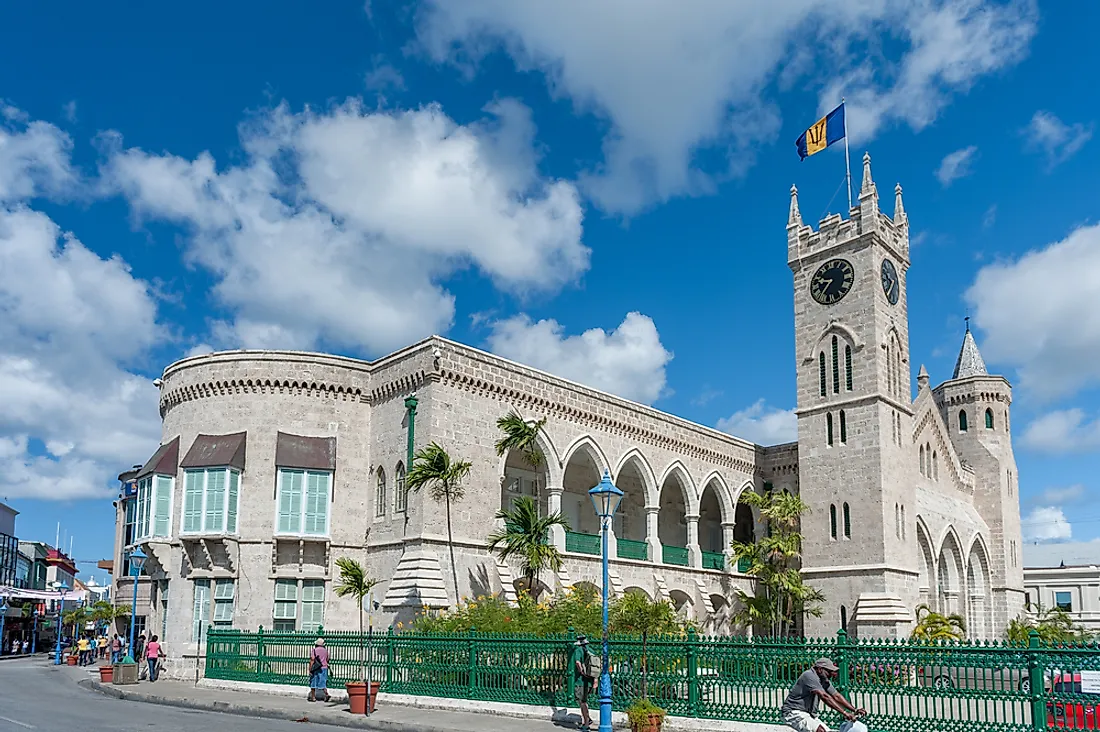When Did Barbados Gain Independence From The United Kingdom?

Barbados is located in the Caribbean region of the North American continent. The state covers an area of 167 square miles. Bridgetown is the country’s capital.
History of Settlement in Barbados
It was settled by the Amerindians and the Kalinago people in the 13th century. The Spanish reached Barbados in the late 15th century and crowned it a Spanish crown. In 1536 the Portuguese arrived at the island but did not claim it. In 1625 the first British ship reached the island, and two years later the first British permanent settlers began arriving. Barbados was proclaimed an English colony before being made a British colony. The settlers established large sugarcane plantations and shipped thousands of African slaves as laborers. The slave trade was abolished in 1807, and by 1833 all slaves had been freed. On November 30th, 1966 Barbados declared independence but remained a Commonwealth realm. The British monarch remained the as hereditary head of state. By then the country had a population of about 285,000 most of whom were of African descent. Today, Barbados attracts thousands of tourists from Britain, Canada, and the US. In 2016 the country celebrated fifty years of independence.
The Road To Independence
Barbados was a British colony for more than three centuries before claiming its independence. The quest for independence began in the 1930s when liberated slaves demanded the withdrawal of high income as a voting requirement. The civil unrest saw Sir Grantley Herbert Adams establish the Barbados Progressive League that later became Barbados Labour Party (BLP). In 1942 the level of income as a voting requirement was lowered. Adams was elected as the country’s first premier setting the nation on the path to independence. In 1961 Adams was replaced by Errol Walton Barrow. Barrow led the country to full independence and consequently became first Prime Minister of Barbados. He is remembered as the “Father of Independence and social transformation.”
Independence of Barbados
On 30th November 1966, Barbados became independent after the UK parliament passed the Barbados Independence Act 1966. The country became the 4th English-speaking country in the Caribbean. The first celebration of independence featured an elaborate parade, and for the first time the national flag was raised, and the national anthem was played. The state was officially declared independent but retained the cultural ties with Britain. The schools, religion, and government are centered on the British system. On November 30th Barbados celebrates Independence Day.











